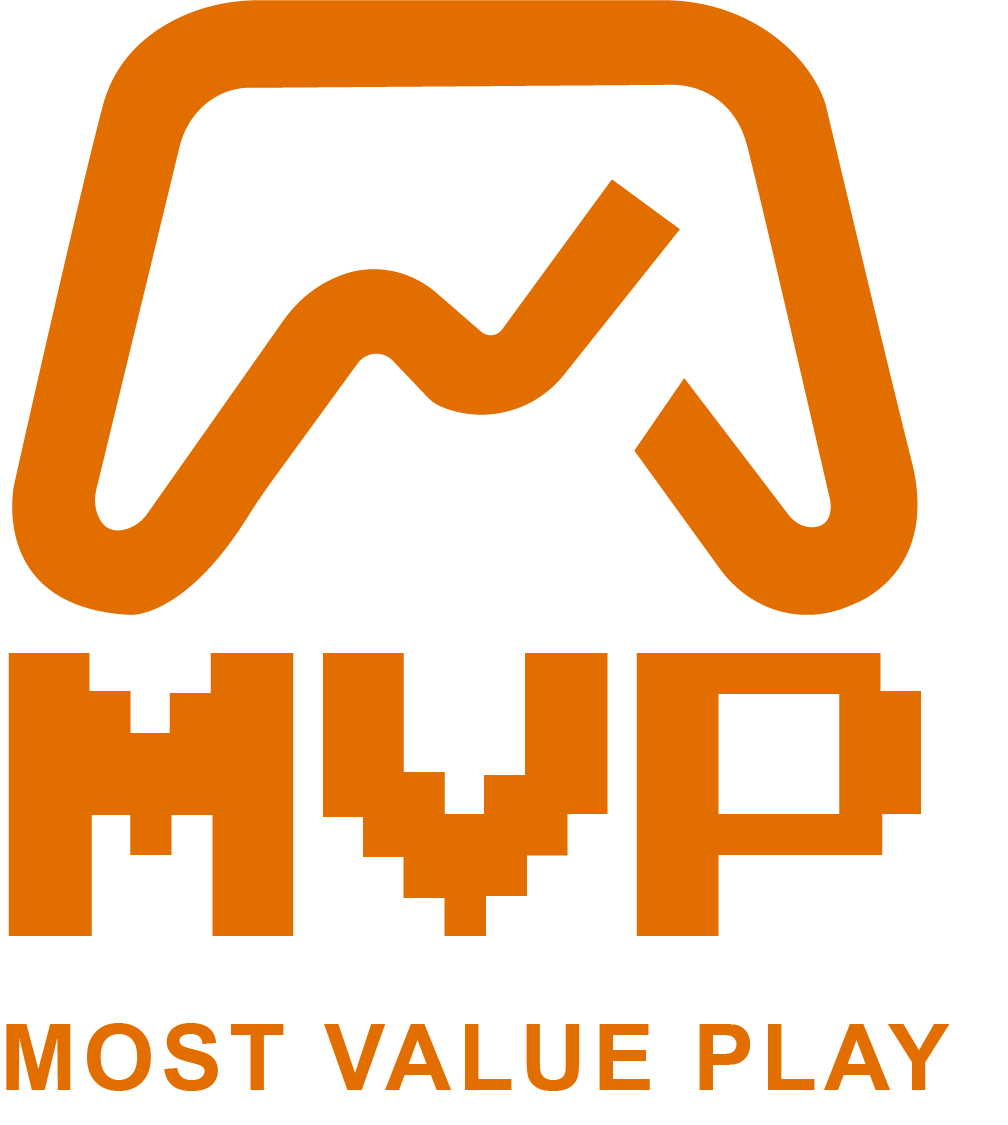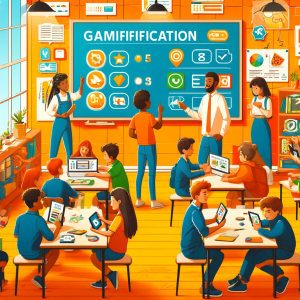Imagine turning your classroom into a lively game, where students eagerly collect points, unlock achievements, and level up their skills. Welcome to the world of gamification! By blending game design elements into the learning environment, teachers can enhance student engagement and motivation. Let’s explore why gamification is not just fun, but also an effective tool for enhancing education.
What is Gamification?
Gamification involves using game-like elements such as points, badges, leaderboards, and challenges in non-game contexts. In education, this means applying these elements to classroom activities and learning tasks to make them more engaging and enjoyable.
Why Use Gamification in Education?
Boosts Engagement: Games naturally capture attention. When students find the learning process enjoyable and engaging, they are likely to participate more actively and absorb information better.
Enhances Motivation: Through rewards and recognition, gamification can motivate students to strive for better performance. Leaderboards and badges provide visible acknowledgment of their efforts, pushing them to work harder.
Promotes Healthy Competition: Gamification introduces friendly competition among students. This can encourage them to push their boundaries and improve their knowledge and skills in a fun, supportive environment.
Facilitates Instant Feedback: Games provide immediate feedback, allowing students to understand what they know and where they need improvement. This helps them adjust their learning strategies promptly.
Encourages Risk-Taking: In a gamified learning environment, failure is merely a stepping stone to success. This setting allows students to take risks and experiment without the fear of significant consequences, promoting innovative thinking and problem-solving.
Implementing Gamification: Simple Steps for Teachers
-Set Clear Goals: Define what you want to achieve with gamification. Is it to increase participation, improve test scores, or enhance teamwork? Setting clear objectives will guide your gamification strategy. -Choose Appropriate Game Elements: Not all games are created equal. Select elements that best match your educational goals. For instance, use points and levels for individual achievements, and leaderboards for fostering group competition.
-Keep It Simple: Start small. You might introduce badges for homework completion or points for class participation. As you and your students become more comfortable, you can add more complex elements.
-Provide Variety: Keep the gamification experience fresh by varying the types of rewards and challenges. This prevents the gamification from becoming stale and keeps students continually engaged.
-Gather Feedback and Iterate: After implementing gamification, ask for student feedback. What do they like? What don’t they like? Use this information to tweak your approach.
So, gamification is more than just playing games. It’s about creating a dynamic learning environment that motivates and engages students. By incorporating game elements into your teaching methods, you can transform the educational experience. Why not start today and see your students’ enthusiasm and learning outcomes level up?


